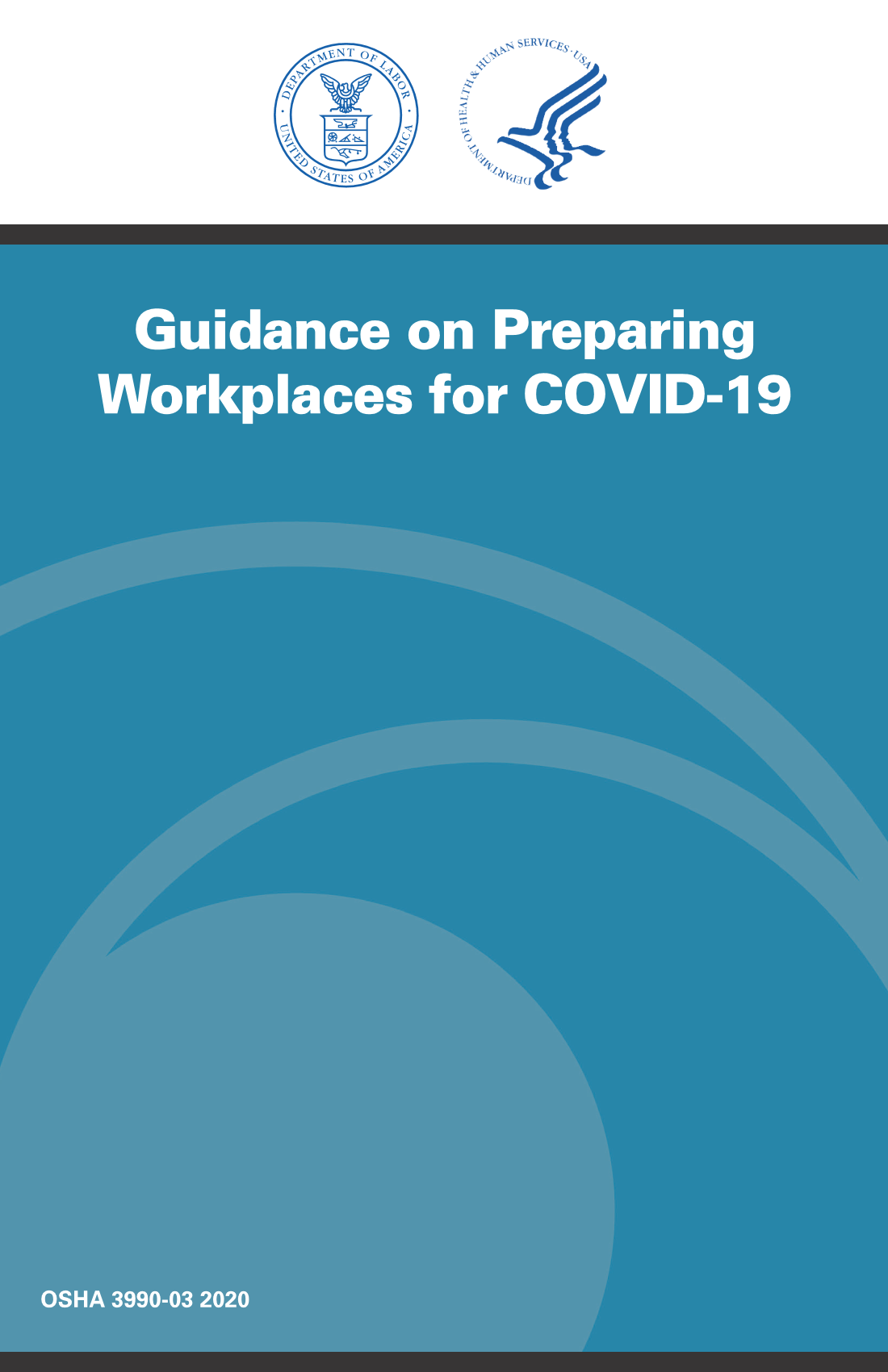Simply offering training courses to new hires will not be sufficient for remote onboarding. Employers should consider all the smaller aspects that create an efficient and painless transition into the company, particularly in a remote role. This means working with stakeholders well before new hires start. Establishing a strong remote onboarding foundation prior to Day One can be key for long-term success. This section discusses some tips for doing just that.
Be Realistic About Job Descriptions and Expectations
Give new hires realistic previews of their jobs and make sure the descriptions are as honest as possible. Doing so will guarantee that you and the new hires are on the same page and have the same job expectations. This can help retain new employees, since confusion or uncertainty can cause new hires to quit soon after starting. Surprised about their responsibilities is the last thing your new hires should feel on their first day. Ensuring new employees understand their positions in advance helps reduce the chance of them feeling ill-equipped when learning their new roles. Ensure that this includes remote workstation and schedule expectations, and any travel requirements that the positions may require.
Preboard New Hires
Everyone remembers how stressful the first day of a job can be. Help alleviate some of that stress by preboarding. This process involves sending new hires any information they may find useful in advance of Day One. Sending the following information beforehand can help reduce new employees’ stress and prepare them for a busy first day:
- A welcome letter or email
- A detailed schedule for the employee’s first week
- A welcome kit, including Information about the company and the industry
- Specific plans for delivery and setup of the employee’s technology and workstation
- Information about a BYOD policy, if applicable
- Helpful first-day resources, including a schedule and information about who their manager or mentor will be
- Essential HR and tax forms
- Any necessary links for virtual meetings or video conferences
- Passwords and credentials for initial login
State-specific Considerations and Employer Liability
As with on-site employees, employers should have a plan in place for remote employees in regard to employer liability and legal concerns. What happens if an employee slips and falls at home, while on the clock? Or what if an employee commits a crime in the scope of his or her employment while telecommuting? What about workers’ compensation? What state is the remote employee legally employed in?
Employer liability remains a considerable concern for telecommuting employees. Note that employment compliance for remote employees can vary from state to state. As guidelines can vary, make sure to consult with local legal counsel for legal advice.
Employer liability remains a considerable concern for telecommuting employees. Note that employment compliance for remote employees can vary from state to state. As guidelines can vary, make sure to consult with local legal counsel for legal advice.
State-specific Considerations and Employer Liability
Make sure the remote onboarding process is formalized, including your training and orientation. This does not mean the process has to be boring—merely that training should not be ad-libbed by staff at the last minute when the new hires arrive. A formalized onboarding process can go on for days, weeks or even months. Make the most of this opportunity and get new hires up to speed on everything going on within your organization. Explain your company’s structure, its place in the industry and its management hierarchy. Above all, make sure remote hires are getting the same training as everyone else in their departments. Formalizing the remote onboarding process will ease the tensions of starting in new remote roles.








